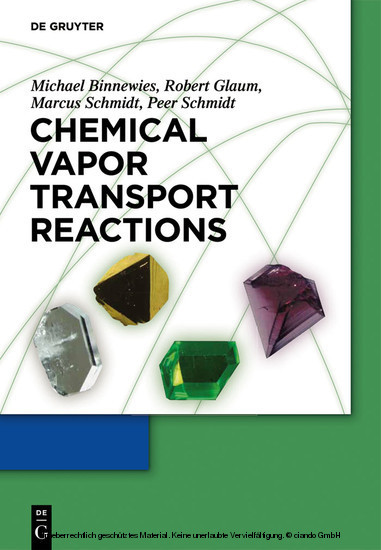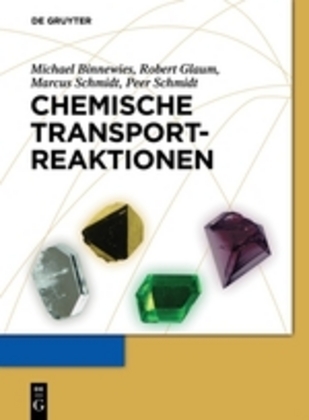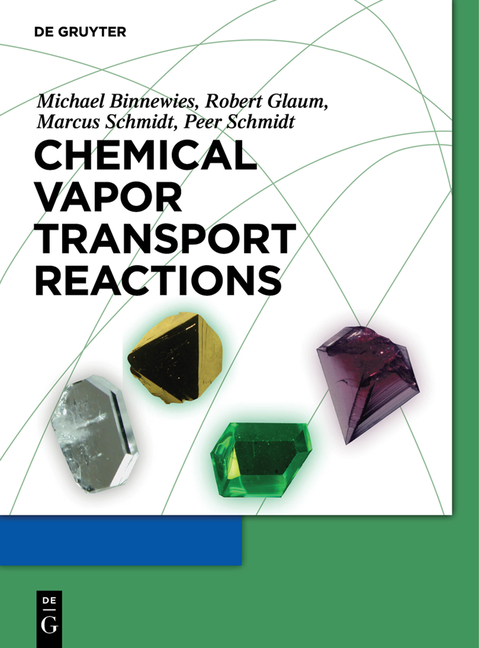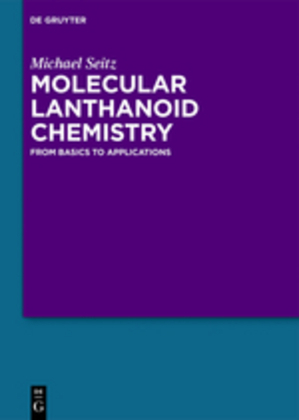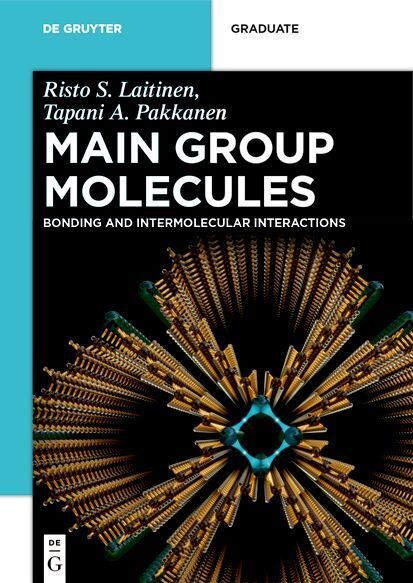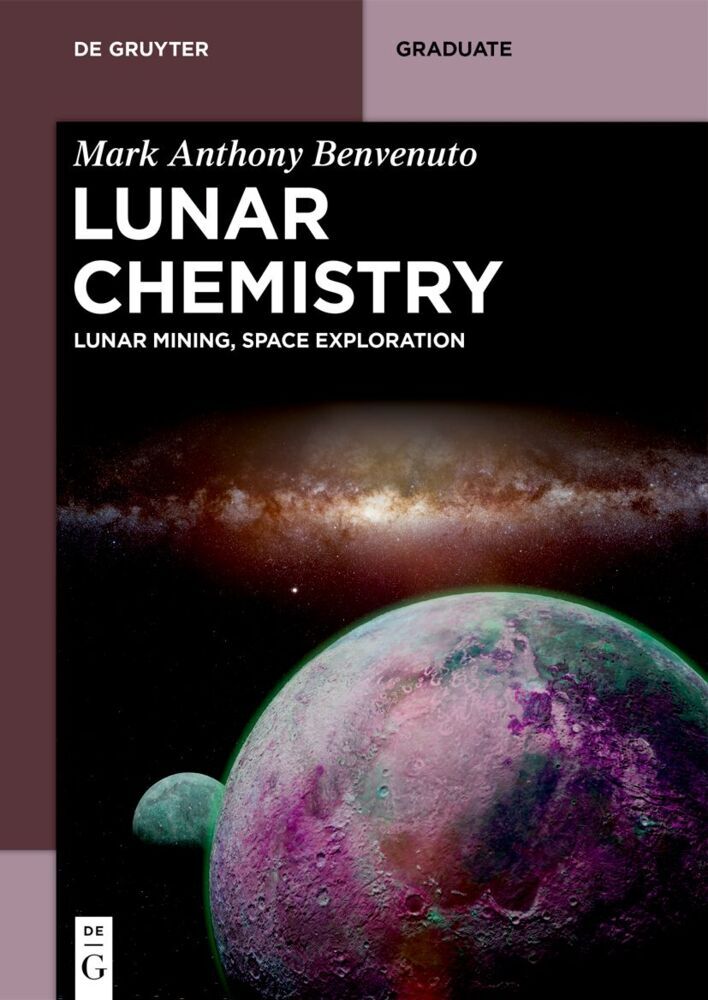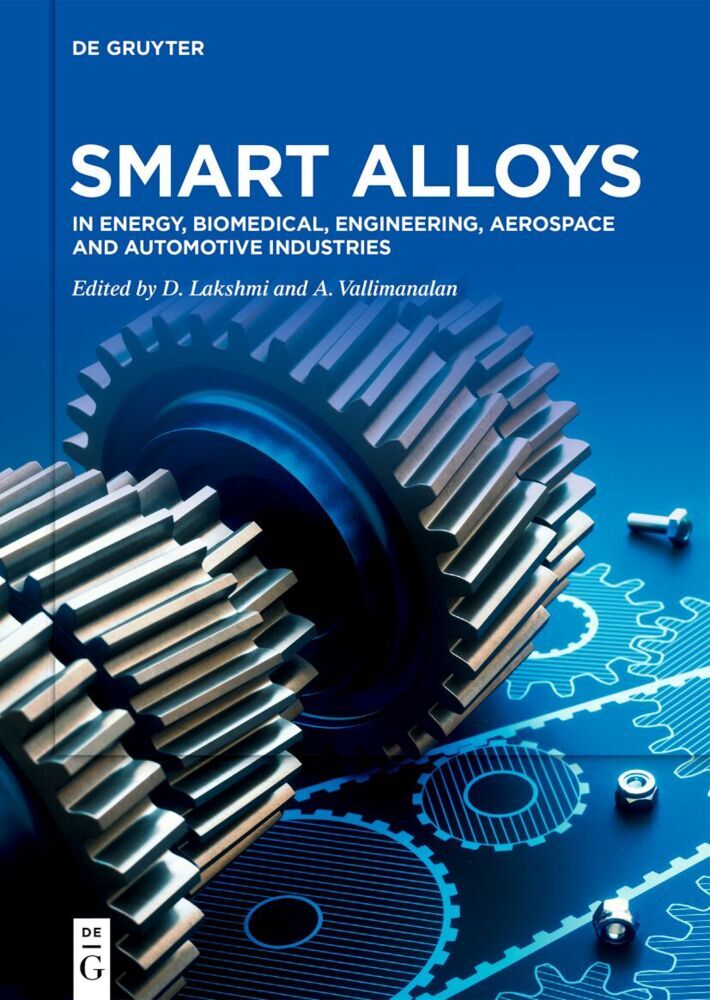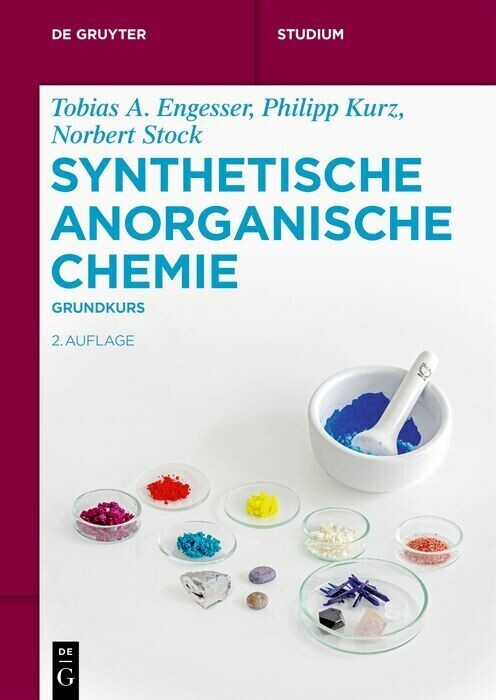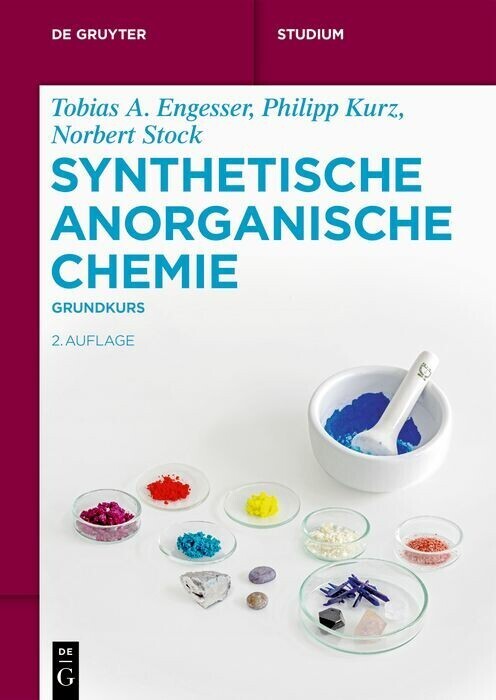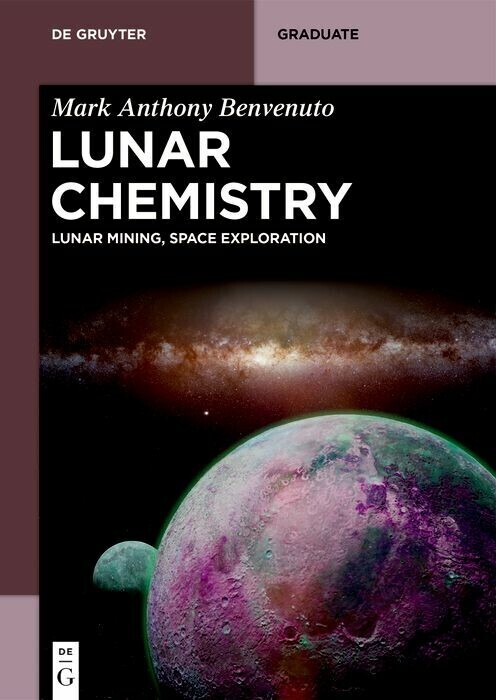This comprehensive handbook covers the diverse aspects of chemical vapor transport reactions from basic research to important practical applications. The book begins with an overview of models for chemical vapor transport reactions and then proceeds to treat the specific chemical transport reactions for the elements, halides, oxides, sulfides, selenides, tellurides, pnictides, among others. Aspects of transport from intermetallic phases, the stability of gas particles, thermodynamic data, modeling software and laboratory techniques are also covered. Selected experiments using chemical vapor transport reactions round out the work, making this book a useful reference for researchers and instructors in solid state and inorganic chemistry.
1;1 Chemical Vapor Transport Reactions - an Introduction;15 1.1;1.1 Historical Development and Principles;15 1.2;1.2 Experimental;17 1.3;1.3 Thermodynamic Considerations;18 1.4;1.4 Equilibrium Solids in Source and Sink;23 1.5;1.5 Transport Agent;24 1.6;1.6 Overview of Vapor Deposition Methods;27 1.7;Bibliography;30 2;2 Chemical Vapor Transport - Models;31 2.1;2.1 Thermodynamic Basis for Understanding Chemical Vapor Transport Reactions;33 2.2;2.2 Condensed Phases in a Transport Experiment - the Most Simple Case;42 2.3;2.3 Complex, Congruent Transports;45 2.4;2.4 Incongruent Dissolution and Quasi-stationary Transport Behavior;50 2.4.1;2.4.1 Phase Relations Accompanying Incongruent Dissolution of a Solid;50 2.4.2;2.4.2 The Extended Transport Model;53 2.5;2.5 Non-stationary Transport Behavior;74 2.5.1;2.5.1 Chemical Reasons for the Occurrence of Multi-phase Solids;74 2.5.2;2.5.2 The Time Dependence of Chemical Vapor Transport Experiments with Multi-Phase Solids;82 2.5.3;2.5.3 The Model of Co-operative Chemical Vapor Transport;89 2.6;2.6 Diffusion, Stoichiometric Flow, and Transport Rate;92 2.6.1;2.6.1 Steady-state Diffusion;92 2.6.2;2.6.2 One-dimensional Steady-state Diffusion as Rate-determining Step;92 2.6.3;2.6.3 The Use of X for the Calculation of Transport Rates of Complex Transport Systems in Closed Ampoules;95 2.6.4;2.6.4 The Use of Solubility X in Open Transport Systems;97 2.6.5;2.6.5 An Example - Calculation of the Transport Rate for the Nickel/Carbon Monoxide System;98 2.7;2.7 Diffusion Coefficients;101 2.7.1;2.7.1 The Binary Diffusion Coefficient D0;101 2.7.2;2.7.2 D0 in Multi-compound Systems;105 2.8;2.8 Survey of Gas Motion in Ampoules;107 2.8.1;2.8.1 General Remarks;107 2.8.2;2.8.2 Experiments on Gas Motion - Diffusion and Convection in Closed Ampoules;109 2.8.3;2.8.3 Experiments Concerning Thermal Convection;113 2.9;2.9 Chemical Kinetics of Heterogeneous Reactions;117 2.9.1;2.9.1 Reaction Behavior at an Atomic Level;117 2.9.2;2.9.2 Kinetic Influences Observed by Transport Experiments;119 2.9.3;2.9.3 Some Observations on Catalytic Effects;120 2.9.4;2.9.4 Indirect Transport;121 2.10;Bibliography;122 3;3 Chemical Vapor Transport of Elements;127 3.1;3.1 Transport with Halogens;128 3.2;3.2 Conproportionation Reactions;132 3.3;3.3 Reversal of the Transport Direction;134 3.4;3.4 Transport via Gas Complexes;136 3.5;3.5 Transport with the Addition of Hydrogen Halides and Water;137 3.6;3.6 Oxygen as a Transport Agent;138 3.7;3.7 Technical Applications;139 3.8;Bibliography;147 4;4 Chemical Vapor Transport of Metal Halides;153 4.1;4.1 Formation of Higher Halides;154 4.2;4.2 Conproportionating Reactions;155 4.3;4.3 Formation of Gas Complexes;155 4.4;4.4 Halogen Transfer Reactions;158 4.5;4.5 Formation of Interhalogen Compounds;159 4.6;Bibliography;164 5;5 Chemical Vapor Transport of Binary and Multinary Oxides;167 5.1;5.1 Transport Agents;172 5.2;5.2 Solids;179 5.2.1;5.2.1 Group 1;179 5.2.2;5.2.2 Group 2;180 5.2.3;5.2.3 Group 3, Lanthanoids and Actinoids;182 5.2.4;5.2.4 Group 4;198 5.2.5;5.2.5 Group 5;204 5.2.6;5.2.6 Group 6;214 5.2.7;5.2.7 Group 7;220 5.2.8;5.2.8 Group 8;226 5.2.9;5.2.9 Group 9;229 5.2.10;5.2.10 Group 10;231 5.2.11;5.2.11 Group 11;236 5.2.12;5.2.12 Group 12;239 5.2.13;5.2.13 Group 13;241 5.2.14;5.2.14 Group 14;246 5.2.15;5.2.15 Group 15;254 5.2.16;5.2.16 Group 16;256 5.3;5.3 Overview of the Trasport of Oxides;259 5.4;Bibliography;289 6;6 Chemical Vapor Transport of Oxido Compounds with Complex Anions;305 6.1;6.1 Transport of Sulfates;306 6.2;6.2 Transport of Phosphates, Arsenates, Antimonates, and Vanadates;309 6.2.1;6.2.1 Chlorine as Transport Agent for Anhydrous Phosphates;310 6.2.2;6.2.2 Halogens Combined with Reducing Additives as Transport Agents for Phosphates;311 6.2.3;6.2.3 Transport of Multinary Phosphates;317 6.2.4;6.2.4 Deposition of Thermodynamically Metastable Phosphates from the Gas Phase;318 6.2.5;6.2.5 Formation of Silicophosphates during the Transport of Phosphates;320 6.2.6;6.2.6 Transport of
Binnewies, Michael
Glaum, Robert
Schmidt, Marcus
| ISBN | 9783110254655 |
|---|---|
| Artikelnummer | 9783110254655 |
| Medientyp | E-Book - PDF |
| Copyrightjahr | 2012 |
| Verlag | Walter de Gruyter GmbH & Co.KG |
| Umfang | 642 Seiten |
| Sprache | Englisch |
| Kopierschutz | Digitales Wasserzeichen |

